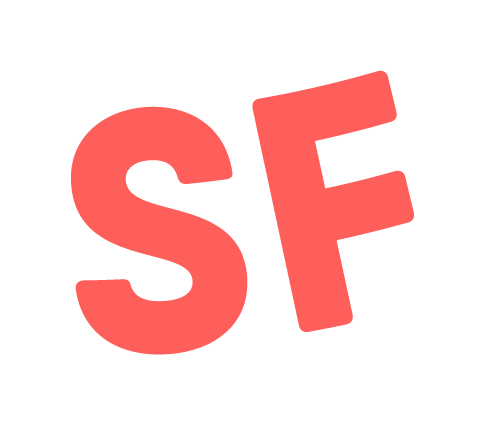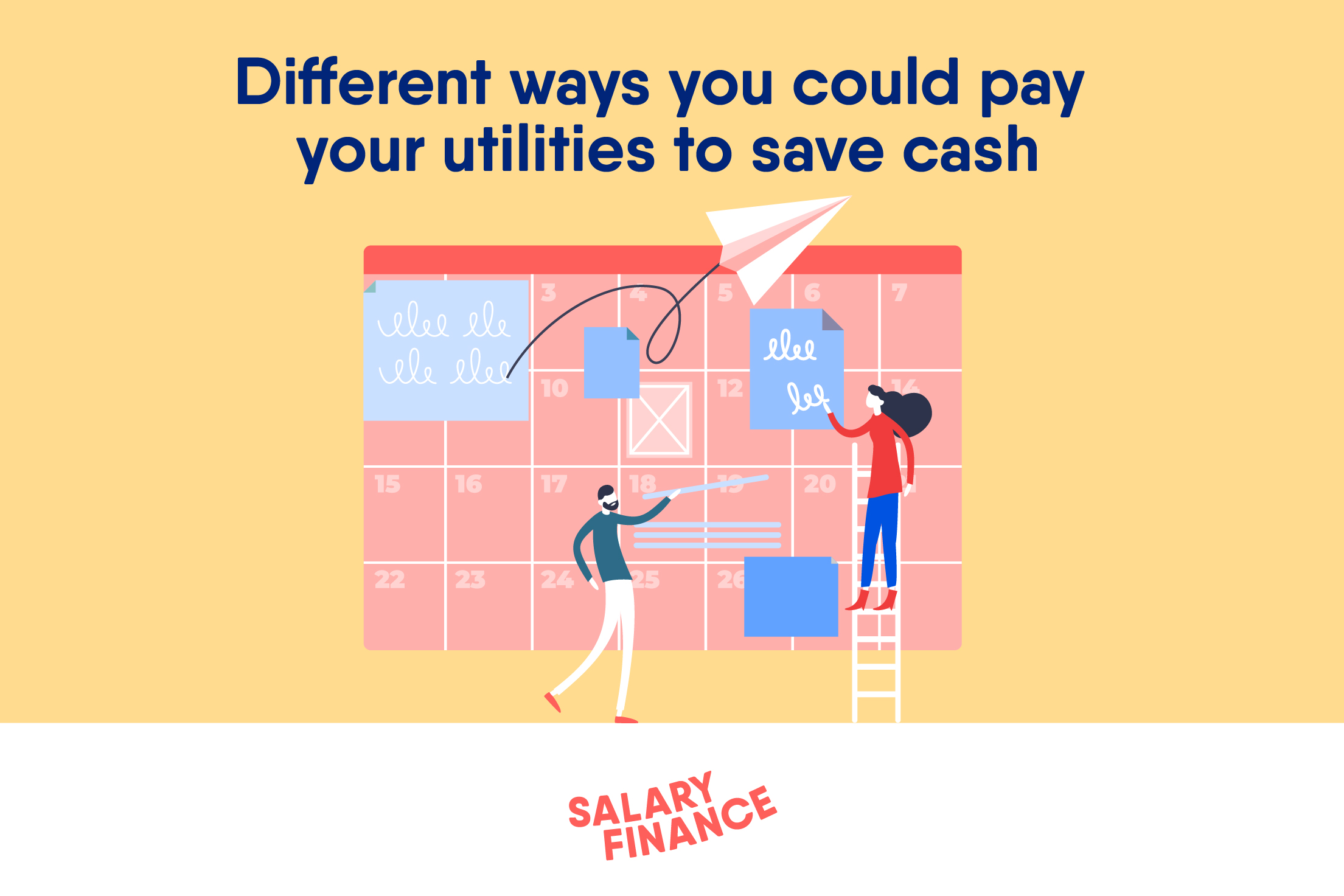
Keeping up with multiple due dates for your bills can be tricky, but it's an essential skill to master. We've highlighted some key cash-saving opportunities and shared some guidance on how to stay on top of your payments.
Paying your bills in full, and on time, can have a positive impact on your credit score. It shows you're in control and managing your money well. Missing payments can seriously damage your score, which hurts your chances of being able to affordably borrow in the future.
Fixed monthly ACH debit
Your utility provider can estimate how much you'll spend over a 12-month period and divide this into monthly installments to be paid by ACH payment through your bank account. The best thing about choosing this option is that you don't need to worry about missing a bill payment. The money will leave your account on the specified date and you'll still receive a regular bill for your own records. This regularity also makes it easier for you to budget because there's no fluctuation in what you owe or when.
Utility suppliers may also offer a discount or rewards to customers that set up automated payments like this, because the risk of you missing a payment is lower.
Variable monthly payments
This allows you to set up an automated payment for the exact amount you owe rather than relying on your provider's 12-month estimation. The issue here is that sometimes a supplier may estimate that you've used more energy than you actually have and, therefore, charge you more than you truly owe. To avoid this, you'll need to submit monthly meter readings to provide your energy provider with the exact usage. You'll also need to budget for the higher spend in the colder months, when you'll probably use more heating and electricity.
Quarterly payments
This option means setting up an ACH payment for the previous three months' energy usage. Without forking out for monthly payments, you can prepare to save up for the quarterly bill. Some providers will still offer a discount for these customers but you're likely to save more by opting for the monthly option. Rather than paying regular, smaller amounts, you'll need to ensure you can afford to part with significantly larger lump-sums. This can be especially painful in the colder months, so you'll need to factor this into your budget.
Pay when you get a bill
You'll receive a bill regularly that you can pay via ACH debit, bank transfer, credit card, or check. The benefit with this option is that no money is deducted from your bank account without your approval, and some providers offer incentives and rewards for speedy payments.
However, if you're paying by cash or check then you'll need to allow enough time for the transaction or delivery to take place so that you don't get charged any late repayment fees. For people paying via check, you'll also need to factor in enough time for the bank to process your transaction.
What next?
Check your current payment method: assess how you're currently paying your bills so you can compare against the potential savings you can make by changing your payment method. Switching payment frequency may sound like a pain now, but it could save you money in the long run, and decrease your stress about when things are due and if they’ve been paid or not.






